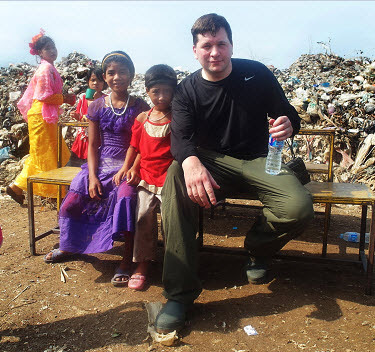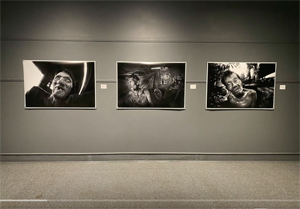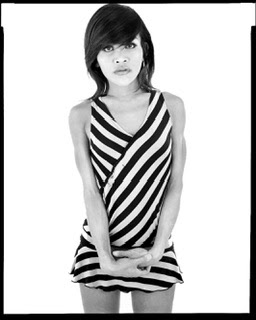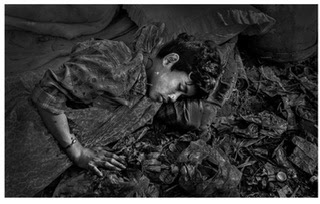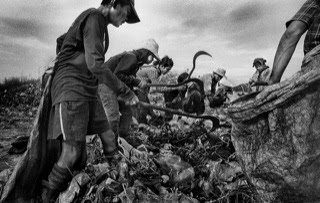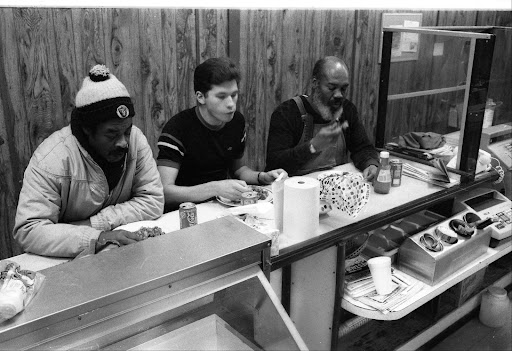I just found out about this piece of Leica history. Leica may be a German brand, but the company saved many lives during the war. Shooting a Leica just became more beautiful, more humane and more compassionate. I am proud to shoot a Leica.
http://en.wikipedia.org/wiki/Leica_Freedom_Train
From the Wikipedia story:
Rescue Mission
To help his Jewish workers and colleagues, Leitz quietly established what has become known among historians of the Holocaust as the "Leica Freedom Train," a covert means of allowing Jews to leave Germany in the guise of Leitz employees being assigned overseas. Employees, retailers, family members, even friends of family members were "assigned" to Leitz sales offices in France, Britain, Hong Kong and the United States. Leitz's activities intensified after the Kristallnacht of November 1938, during which synagogues and Jewish shops were burned across Germany.
http://en.wikipedia.org/wiki/Leica_Freedom_Train
From the Wikipedia story:
Rescue Mission
To help his Jewish workers and colleagues, Leitz quietly established what has become known among historians of the Holocaust as the "Leica Freedom Train," a covert means of allowing Jews to leave Germany in the guise of Leitz employees being assigned overseas. Employees, retailers, family members, even friends of family members were "assigned" to Leitz sales offices in France, Britain, Hong Kong and the United States. Leitz's activities intensified after the Kristallnacht of November 1938, during which synagogues and Jewish shops were burned across Germany.
German "employees" disembarking from the ocean liner Bremen at a New York pier went to Leitz's Manhattan office, where they were helped to find jobs. Each new arrival was given a Leica camera. The refugees were paid a stipend until they could find work. Out of this migration came designers, repair technicians, salespeople, marketers and writers for the photographic press. The "Leica Freedom Train" was at its height in 1938 and early 1939, delivering groups of refugees to New York every few weeks until the invasion of Poland on Sept. 1, 1939, when Germany closed its borders.
Leitz was an internationally recognized brand that reflected credit on the newly resurgent Reich. The company produced range-finders and other optical systems for the German military. Also, the Nazi government urgently needed hard currency from abroad, and Leitz's single biggest market for optical goods was the United States. Even so, members of the Leitz family and firm suffered for their good works. A top executive, Alfred Turk, was jailed for working to help Jews and freed only after the payment of a large bribe.
Leitz's daughter, Elsie Kuhn-Leitz, was imprisoned by the Gestapo after she was caught at the border, helping Jewish women cross into Switzerland. She eventually was freed but endured rough treatment in the course of questioning. She also fell under suspicion when she attempted to improve the living conditions of 700 to 800 Ukrainian slave laborers, all of them women, who had been assigned to work in the plant during the 1940s.









